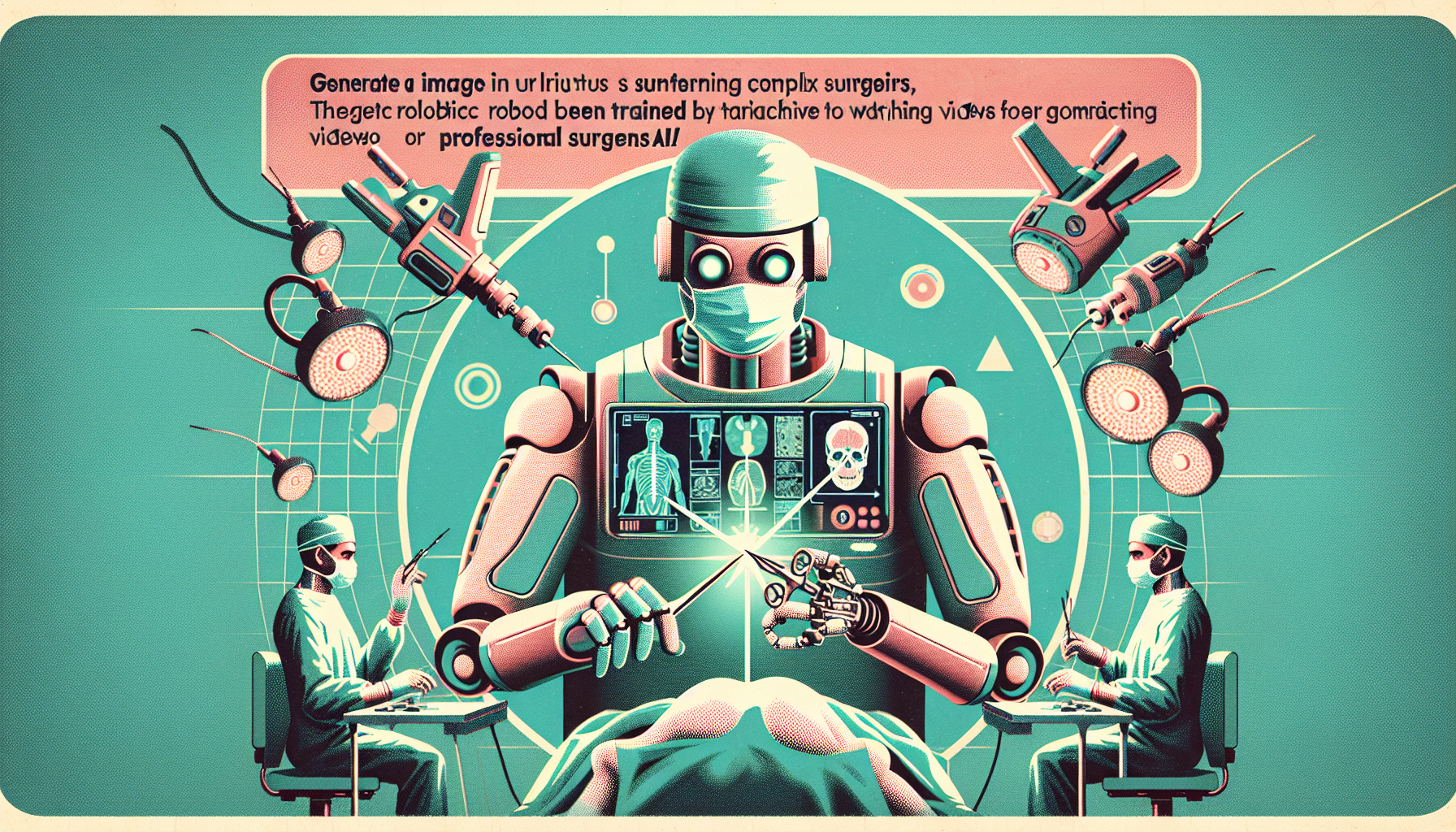Surgical robotics is standing on the edge of a new era. Recently, scientists have made a remarkable breakthrough: a robot system trained entirely by watching videos of expert surgeons now performs complex surgeries with a skill that rivals seasoned doctors. This achievement signals a future where artificial intelligence (AI) reshapes not just how surgery is done, but what is possible.
The Challenge of Surgical Autonomy
Operating on living tissue demands a level of delicacy and adaptability that machines have struggled to match. Unlike robots in factories, surgical robots cannot afford mistakes. Every move must be carefully considered, as the stakes are nothing less than human life and well-being. Handling the unpredictable nature of the human body has long been the greatest challenge to developing fully autonomous surgical robots.
Training Robots Through the Eyes of Surgeons
To meet this challenge, researchers turned to multi-modal AI models. These advanced systems learn from many kinds of data—visual information, language, and demonstrations of expert actions. Instead of relying just on programmed instructions, the robots watch recordings of surgeries performed by skilled professionals. In doing so, they absorb the expert’s decision-making, movements, and the subtle art of operating in real time.
Imitation Learning: The Breakthrough
At the heart of this innovation is a method called imitation learning. In a milestone study at Johns Hopkins University, a surgical robot learned to perform key tasks simply by watching videos of experienced surgeons. It mastered handling a needle, gently moving tissue, and even the intricate process of suturing—all tasks that demand a steady hand and a keen eye. Astonishingly, the robot performed these steps with the same precision as human doctors.
Why AI-Based Surgical Training Matters
- Consistency: Robots trained by AI can perform at a steady level every time, reducing the differences between one procedure and the next. Over time, this reliability may even surpass human surgeons, who vary in skill and technique.
- Safety: AI can help find the most efficient and careful way to use surgical instruments, minimizing the possibility of mistakes and making each procedure safer.
- Efficiency: With less need for constant guidance from a human operator, robot-assisted surgeries can become quicker, saving precious time in the operating room and potentially helping more patients.
Looking Ahead: The Future of Robotic Surgery
The marriage of AI and surgical robotics is only just beginning. As these intelligent machines learn from even more data—thousands of surgeries from experts around the world—their capabilities will continue to grow. The goal is clear: fully autonomous robots that can perform even the most delicate surgeries with unwavering precision and care, while always putting patient safety first.
In this vision of the future, surgeons and robots will work together, each bringing their unique strengths. Surgeons will guide, supervise, and design new procedures. Robots, ever vigilant and tireless, will carry them out with consistency and precision.
A New Dawn in Medicine
This shift towards AI-based surgical training is far more than a technical achievement. It is a step toward a world where advanced technology serves humanity in its most vulnerable moments. With every breakthrough, surgical robots take another stride towards autonomy, promising safer, faster, and more reliable care for patients everywhere.
The journey is only beginning, but each step reveals a deeper respect for human skill—and a growing hope in the power of technology to transform medicine for the better.

Leave a Reply